ABSTRACT
Digital pathology and artificial intelligence are innovative technologies that have led to transformative changes in the field of pathology. The development of digital pathology began with the scanning and archiving of microscopic images in high-resolution digital formats and has progressed to a more advanced level with the integration of artificial intelligence. Artificial intelligence algorithms are employed to rapidly and accurately analyze large datasets, facilitating the identification of cellular abnormalities, cancer diagnosis, and the automated classification of other pathological findings. The primary motivation of this paper is to explore the historical development, application areas, and future directions of artificial intelligence models within the framework of digital pathology. In this context, the paper presents the journey from the inception of digital pathology to the transition towards data-centric application tools. The methodology employed in this study involves a review of the historical development of digital pathology, examples of artificial intelligence-supported applications, and the integration of these technologies into pathological diagnosis. Additionally, this paper discusses the potential of the combination of digital pathology and artificial intelligence to bring about significant changes in healthcare by enhancing diagnostic accuracy, reducing the workload of pathologists, and improving patient outcomes, while also addressing the advantages and challenges associated with their use.



